Sky-High Warehouses: Chicago's Bold Multistory Pioneers
The 1.2 million-square-foot Chicago project began in August 2022 on speculation, or without leases signed in advance.

As Logistics Property Co. closed in on a deal to buy land near Chicago’s Goose Island in 2022, the firm had one major complaint: The well-located site wasn’t big enough to hold more than one big warehouse — or so they thought.
Turns out, it could contain more than one huge storage space, once the Chicago-based developer opted to essentially develop two distribution centers atop one another at 1237 W. Division St.
In the first project of its kind in the city, Logistics Property is in the late stages of constructing a modern, vertical warehouse supported by a series of ramps big enough to accommodate cars, delivery vans and trucks, and even full-sized semis — on more than one floor. The move throws down the architectural gauntlet to rival area developers, raising the bar on what can be done with warehouses.
Just months before the project is completed, and with no tenants signed yet, the fate of the vertical warehouse project is sure to be closely watched by rival developers, in Chicago and across the country. An expected completion in September comes as demand for U.S. industrial space remains far above typical levels, but below record levels seen earlier in the pandemic.
“It’s a collaborative market where you spend a lot of time with competitors,” said Aaron Martell, a founding partner and executive vice president at Logistics Property. “Everyone has a dog in the fight. Our dog is the biggest dog in the fight. I think people want to see it succeed because they want to see more of it.”
Multistory distribution centers are a phenomenon seen for decades in densely populated areas of Asia and Europe, but only in the past few years has it reached U.S. cities such as Seattle, New York and San Francisco.
The Chicago developer, which last year closed a $1.8 billion fund for projects throughout the country, decided to try its first vertical project on an 11.5-acre site it bought near a Kennedy Expressway interchange and the Chicago River. The firm said there are $2 billion in annual online purchases within a 5-mile radius of the site, an enticement for retail tenants to use such space to distribute orders onto trucks for delivery to doorsteps.
The 1.2 million-square-foot Chicago project began in August 2022 on speculation, or without leases signed in advance. Martell said interest from tenants has been strong, with e-commerce or other consumer products companies, grocers, package delivery companies and even movie production companies as potential tenants.
When completed, it will be the largest industrial space close to both the Loop business district and densely populated North Side neighborhoods.
Aside from the sheer size, the developer is betting that other attributes, including clear ceiling heights up to 36 feet and room for large vehicle fleets, will cause the facility — a pair of connected structures with two levels for product storage and five levels of parking connected to ramps — to stand out, particularly compared with older, smaller facilities on space-constrained Goose Island just across the river.
The Chicago project is nearing completion amid 6% overall vacancy nationally, far above the all-time low of 3.9% in mid-2022 but still well under the 20-year average of 7.3%, according to CoStar data.
Watch how a full-store inventory scan can now be completed by one person in 18 minutes or less, with 100% accuracy.
Walmart’s leadership credits its momentum to one thing: using data aggressively.
The AI-supported system factors in live traffic and driver location to give customers a more accurate delivery timetable.
Why is automation underperforming? DHL’s latest data reveals the core issues.
Ocado Responds to Kroger’s CFC Closures — What Their New Statement Reveals (and What It Doesn’t).
Kroger announced that it will close three of its Ocado-powered CFCs — as it restructures its e-commerce operations.
DHL’s Insight 2030 report provides one of the most comprehensive snapshots of how supply chain leaders in North America view the next five years.
The first shipment of Locus Robotics’ new Locus Array robots has officially reached a DHL facility in Columbus, Ohio.
The super-deduction consists of a set of enhanced tax incentives meant to encourage productivity improvements, including automated and robotic equipment.
Global logistics giant DHL has opened a $90 million health logistics warehouse in Auckland.
Macy’s newest customer fulfillment and store replenishment center is a highly automated, state-of-the-art facility and the company’s largest and most advanced.
World’s largest food company is cutting 16,000 jobs due partly to automation.
Ekol Logistik, a Turkish 3PL, will build an automated mini-load warehouse on the outskirts of Istanbul.
The automation technology allows products to be retrieved from a 125,000-square-foot grid and delivered directly to employees, improving fulfillment speed, accuracy and efficiency.
The new facility will feature a cutting-edge case-picking and pallet-building system.
The offer builds on Amazon fulfillment service for merchants on other sales channels, including eBay, Etsy, Temu and TikTok Shop.
Spend 24 hours inside a DHL warehouse and experience how robotics is transforming its logistics.
LAPP USA partnered with Corvus Robotics to solve a long-standing supply chain challenge:.
After invested billions of dollars into automated e-commerce Kroger will now depend on its stores for digital growth.
More retailers are improving their 'Click and Collect' services, with one new trial using mini robots to speed up the process.
Walmart is now deploying automated packaging technology across multiple centers in Pennsylvania, Illinois, Texas, and California.
96% of Target’s online orders is fulfilled by its stores rather than warehouses
In our research with SMEs, we have uncovered strategies that can make automation feasible, even for businesses with lean budgets.
This new development signals a clear step forward in solving one of the most pressing challenges in warehouse automation today: space and deployment efficiency.
Wayfair UK is looking to sublet part—or potentially all—of its 1.068 million ft² distribution centre at Magna Park Lutterworth, one of the UK’s most strategically located logistics hubs.
Over the past decade, the number of industrial robots on China’s factory floors has increased more than six times to over 1.7 million,
A newly launched robotic fulfillment center in Oberhausen, Germany, is setting a new benchmark for automated grocery logistics in Europe.
Honeywell expressed interest in acquiring the Calgary robotics startup in 2020. Today, Attabotics is in creditor protection.
The new facility brings together four sites into one 47,000m² distribution centre, increasing the company’s storage capacity by 60 per cent.

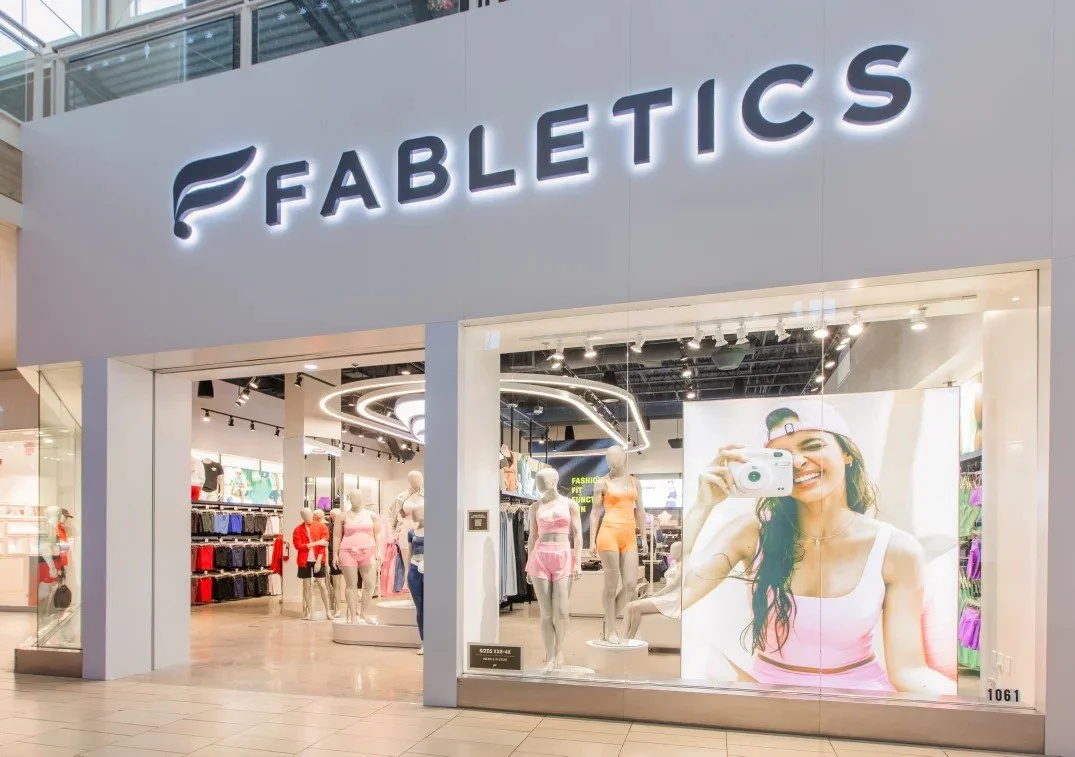
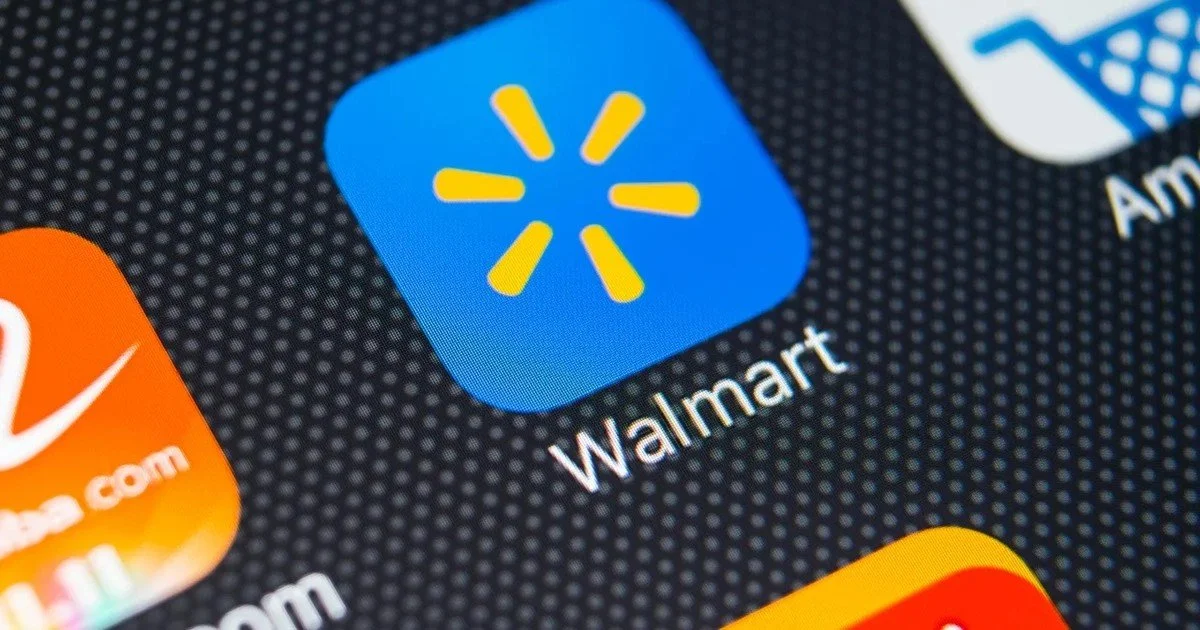
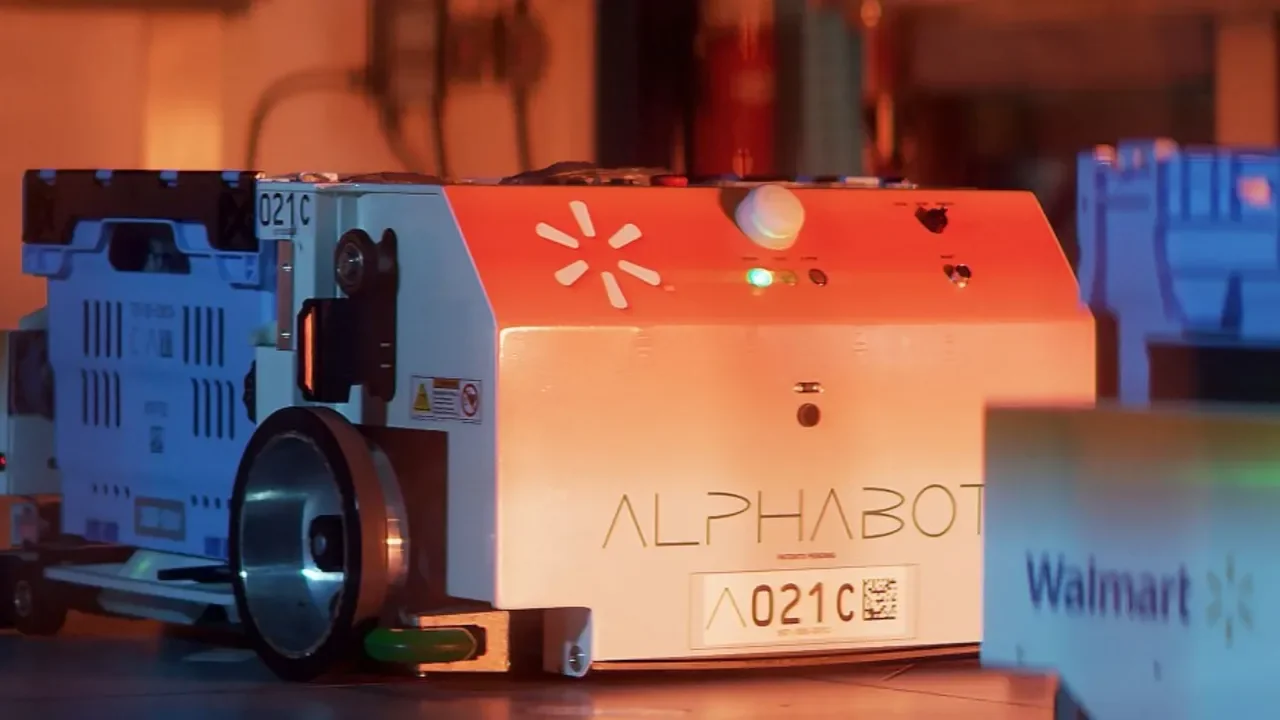








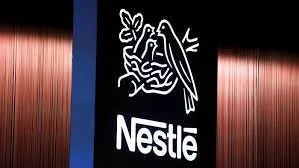
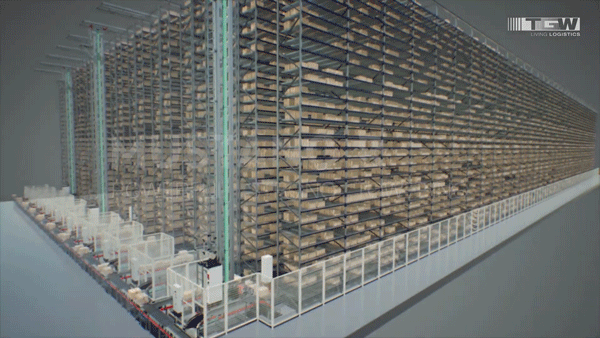

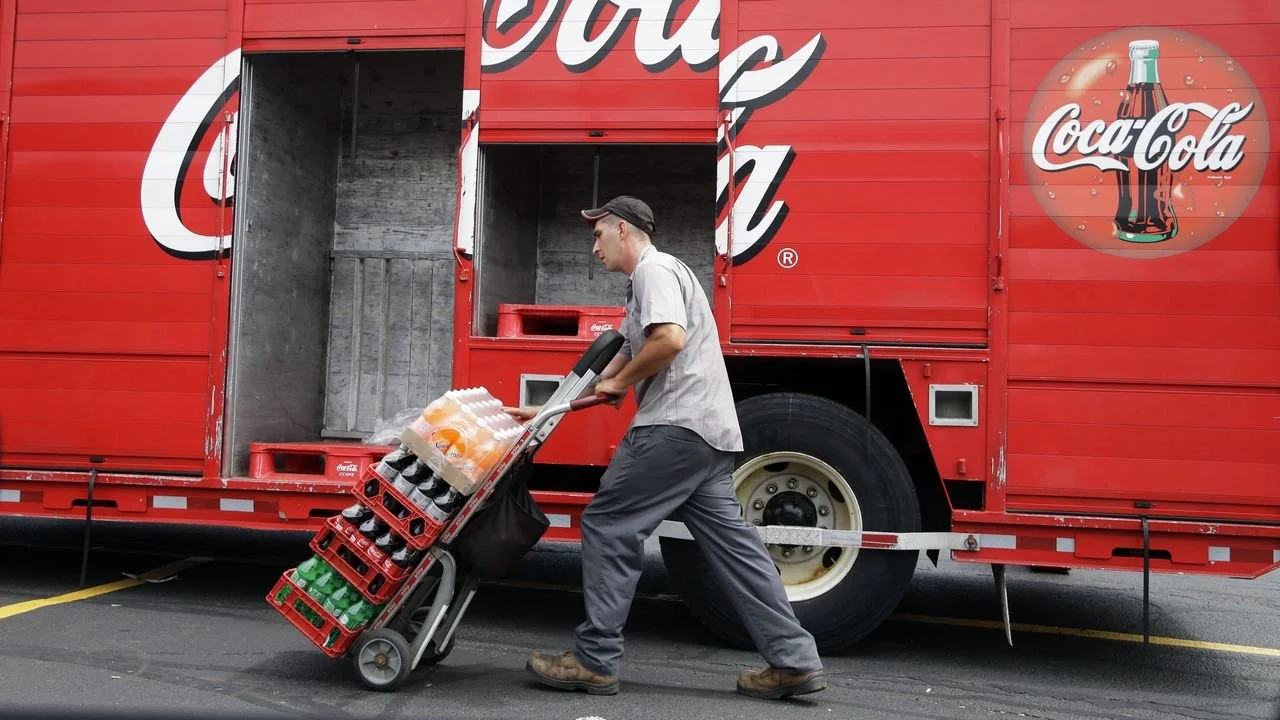

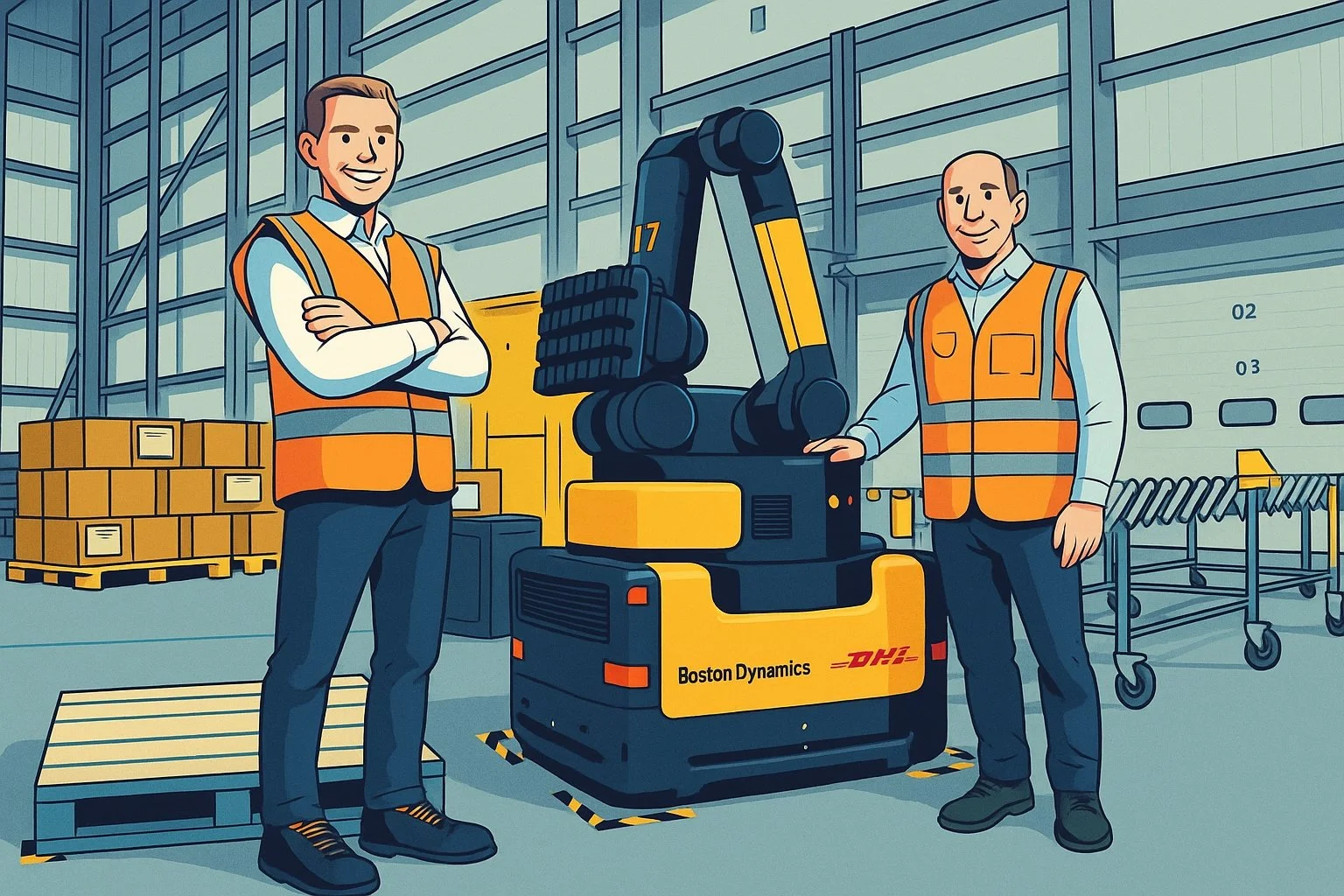
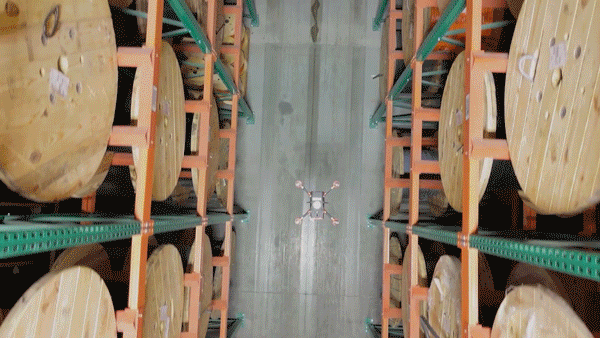











Host Evan Reiser welcomes Sally Miller, Global Chief Information Officer at DHL Supply Chain.